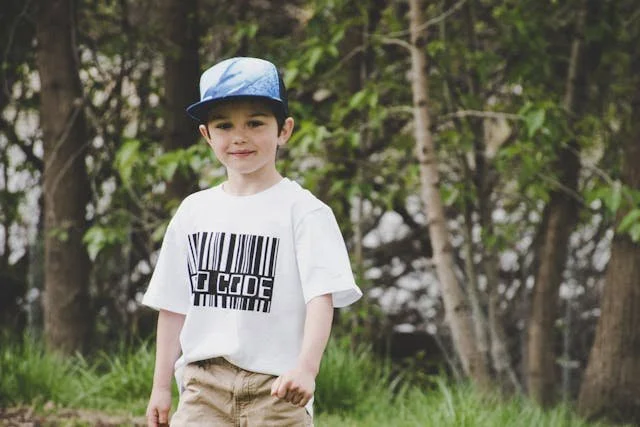What’s Normal Anxiety in Kids—And What’s Not?
Anxiety is a natural alarm system designed to keep us safe. All children experience worry and fear at times. It's a normal part of growing up and an important part of how they learn to navigate the world. In fact, some anxiety can be helpful: it motivates kids to study for tests, think twice before doing something risky, and develop problem-solving skills.
But as a parent, it can be difficult to know when your child’s worries fall within the range of healthy development and when they might signal something more. Understanding what’s typical at each age can help you spot the difference.
Normal Anxiety Throughout Child Development
Anxiety shows up differently as children grow, and recognizing these age-specific patterns helps you understand what’s typical for your child.
Infancy and Toddlerhood: Babies often show "stranger danger" as they learn to identify familiar people. Toddlers between ages 1 and 4 may cling tightly to caregivers or struggle with separations. These reactions are developmentally appropriate.
School-Age Children: Kids begin noticing real-world dangers, like storms, fires, illness, accidents, even burglaries. Because they don't yet understand how rare many of these events are, their worries can feel intense.
Adolescents: Teens often worry about friendships, grades, appearance, relationships, and broader issues they see online or in the news. These concerns reflect their expanding understanding of the world.
Most of these fears fade as kids gain perspective, emotional maturity, and experience handling new situations.
How to Recognize When a Child Is Feeling Anxious
Anxiety can appear in several ways. Some kids ask repeated “what if” questions, while others express worry about upcoming events. Many become irritable or clingy, and some seek reassurance throughout the day.
Your child might complain of stomachaches or headaches, feel nauseous, struggle to sleep, or show signs of muscle tension. Behaviorally, anxious kids might avoid activities, resist separating from parents, or shift their eating or sleeping habits.
These worries often fade as children adjust, receive reassurance, or practice coping strategies suited to their age.
When Anxiety Becomes More Than Normal
Sometimes worry grows into something more disruptive. Key warning signs include extreme distress that outweighs the situation, ongoing avoidance of daily activities, and physical symptoms that interfere with routines.
Anxiety becomes a disorder when it limits what your child can do at home, in school, or socially. Childhood anxiety disorders appear in different ways.
Separation anxiety disorder: extreme distress during routine separations
Selective mutism: difficulty speaking in certain social environments
Specific phobias: intense fears that disrupt normal activities
Generalized anxiety disorder: ongoing worry about multiple areas of life
Social anxiety disorder: fear of judgment leading to withdrawal
Panic disorder: recurrent panic attacks and fear of future episodes
Agoraphobia: avoiding places where escape may feel difficult
How Parents Can Support Kids with Worry or Anxiety
You can support your child by noticing early signs such as changes in routines, avoidance, or distress. Invite open conversations about their feelings and validate their worries without brushing them aside.
Teach coping skills that help regulate emotions. Deep breathing and muscle relaxation can steady the body. Mindfulness, journaling, drawing, and creative play give kids healthy outlets. Gradual exposure by breaking big challenges into manageable pieces helps them build confidence.
Model the skills you want your child to learn. Share how you manage your own stress or talk through your problem-solving process.
When to Seek Professional Help
Contact a doctor or therapist when anxiety disrupts school attendance, friendships, or hobbies. Frequent physical complaints with no medical cause, withdrawal from social situations, or intense distress that continues despite your support signal the need for professional guidance.
A trained provider will ask questions and observe how anxiety affects your child’s daily functioning. Proven treatments may include parenting support, family-based approaches, and, when appropriate, medication.
–
If you’re unsure whether your child’s anxiety is typical, you don’t have to navigate it alone. Contact us to learn more about anxiety therapy for kids.

